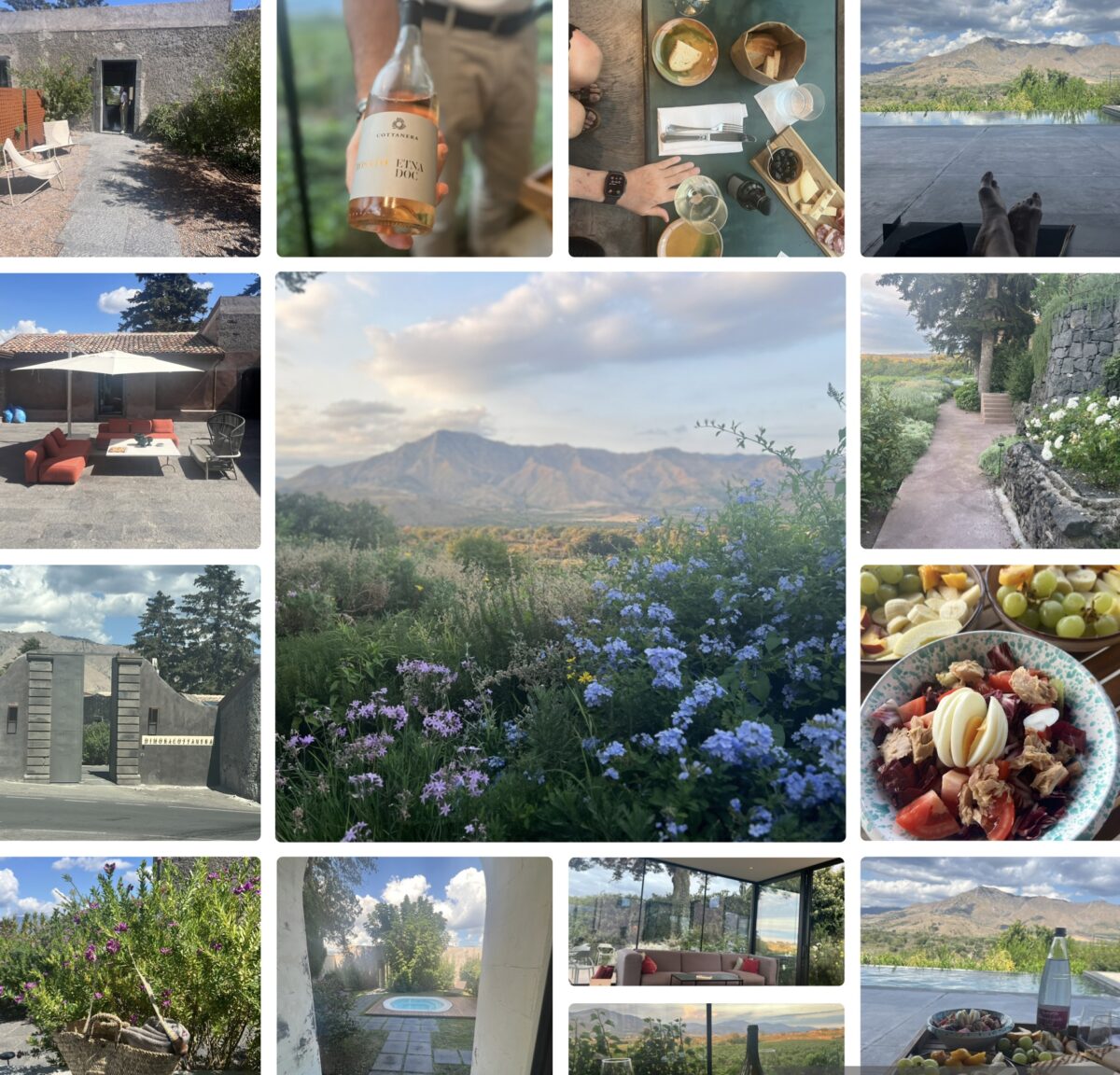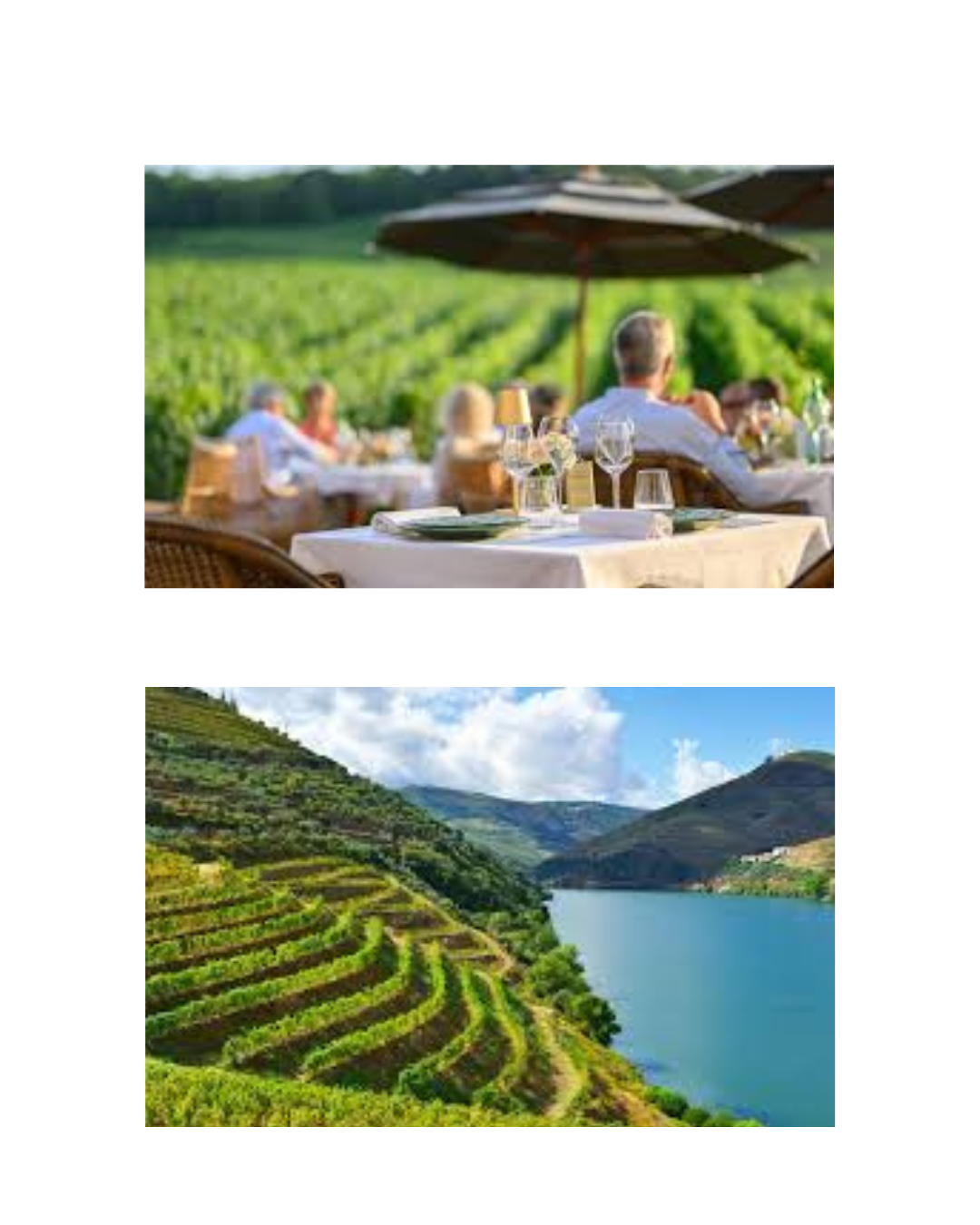Few luxury spirits occupy the cultural and commercial space that Johnnie Walker does – instantly recognizable, rigorously consistent, and deeply rooted in Scotch whisky tradition. Johnnie Walker stands as a case study in how heritage and innovation can move in step. Within its portfolio, Johnnie Walker Blue Label represents the pinnacle: a deliberately rare, meticulously blended Scotch whisky designed not for haste, but for contemplation. During the holiday season, it offers both academic intrigue and unapologetic pleasure – this remains one of my favourite whiskies for this time of year!
Johnnie Walker Blue Label: Rarity by Design
Johnnie Walker Blue Label is not defined by age statements, but by selection. It is composed of some of the rarest and most exceptional Scotch whiskies from the house’s extensive reserves. Only one in 10,000 casks – including selections from long-closed “ghost” distilleries is deemed suitable for Blue Label, underscoring its intentional scarcity. The result is a whisky engineered for harmony and depth, with a lingering sense of quiet luxury.
Johnnie Walker Blue Label: Tasting Notes (Neat)
Blue Label opens with a restrained aromatic profile of soft dried fruits, honey, gentle floral notes, and hints of spice. On the palate, layers unfold gradually: dark chocolate, hazelnut, toffee, orange peel, and subtle touches of chilli and smoke. The texture is notably velvety, with seamless integration between sweetness and peat. The finish is long, warming, and elegantly smoky, with echoes of spice and cocoa that linger well beyond the final sip.
Johnnie Walker Blue Label: Pairing Exploration – Lindt Dark Chocolate & Hazelnut
When paired with Lindt Dark Chocolate, the whisky’s natural cocoa and dried fruit notes are amplified, while the chocolate’s bitterness sharpens Blue Label’s underlying sweetness and spice. The interaction is linear and refined – an ideal pairing for purists.
Paired with Lindt Dark Chocolate with Hazelnuts, the experience becomes more playful and textural. The nutty richness mirrors Blue Label’s hazelnut and toffee nuances, creating a rounder, more indulgent mouthfeel. This pairing feels particularly well-suited to festive occasions.
Whisky Tourism and Place
Johnnie Walker’s whisky tourism footprint is anchored in Scotland, with immersive visitor experiences in Edinburgh’s Princes Street, Kilmarnock, its spiritual home, with distilleries dispersed across the Highlands, Speyside, and Islay. The Johnnie Walker Princes Street experience in Edinburgh serves as a contemporary gateway to Scotch whisky culture, blending education, sensory exploration, and panoramic city views. For travellers, it reinforces the idea that Scotch whisky is not merely a drink, but a destination, rooted in landscape, history, and community.
Final Thoughts
Johnnie Walker Blue Label occupies a rare intersection of scholarship and celebration. It is a whisky that rewards analytical tasting while remaining deeply accessible as a symbol of holiday generosity and shared ritual. In a season defined by gathering and reflection, Blue Label offers a moment of stillness, proof that sometimes the most meaningful luxury is time well spent.





